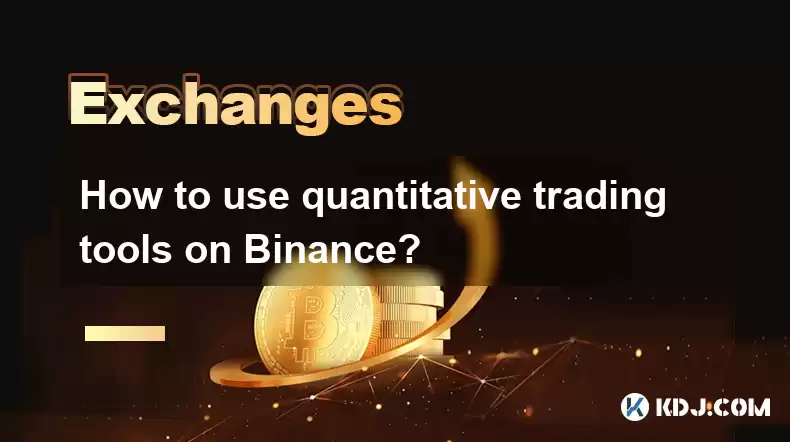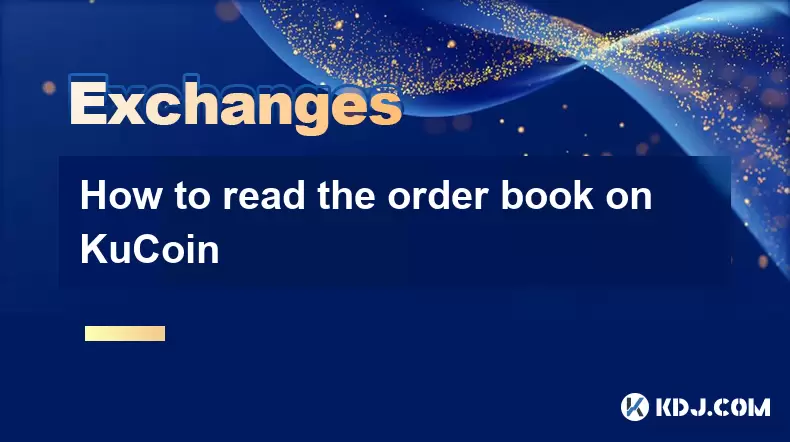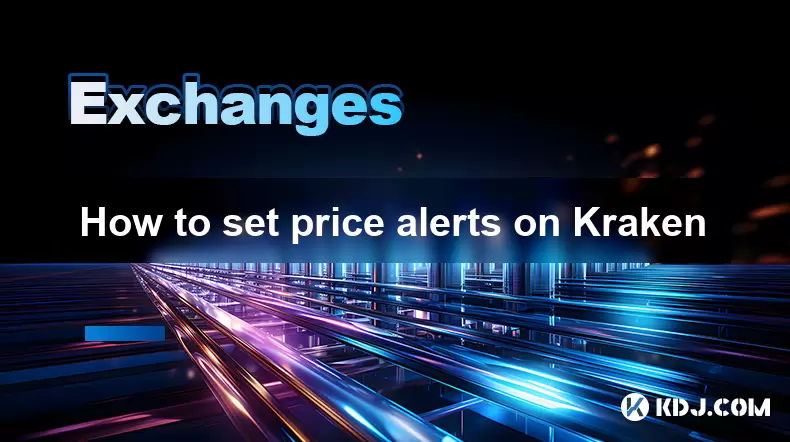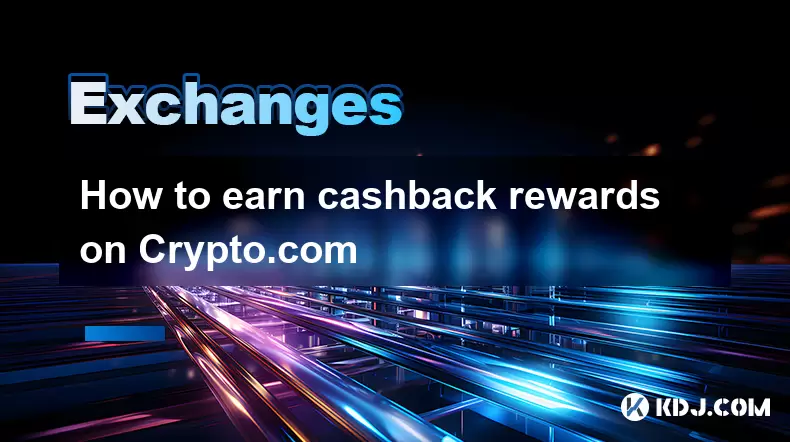-
 Bitcoin
Bitcoin $118300
-3.52% -
 Ethereum
Ethereum $4554
-3.81% -
 XRP
XRP $3.090
-5.78% -
 Tether USDt
Tether USDt $1.000
0.04% -
 BNB
BNB $842.0
-0.27% -
 Solana
Solana $194.6
-3.24% -
 USDC
USDC $0.9998
0.00% -
 TRON
TRON $0.3600
-0.20% -
 Dogecoin
Dogecoin $0.2243
-7.95% -
 Cardano
Cardano $0.9066
2.57% -
 Hyperliquid
Hyperliquid $45.89
-4.06% -
 Chainlink
Chainlink $22.49
-5.34% -
 Stellar
Stellar $0.4261
-6.01% -
 Sui
Sui $3.753
-5.87% -
 Bitcoin Cash
Bitcoin Cash $592.1
-3.33% -
 Ethena USDe
Ethena USDe $1.001
-0.01% -
 Hedera
Hedera $0.2502
-5.51% -
 Avalanche
Avalanche $23.71
-6.22% -
 Litecoin
Litecoin $121.8
-6.36% -
 Toncoin
Toncoin $3.416
-2.58% -
 UNUS SED LEO
UNUS SED LEO $9.323
0.85% -
 Shiba Inu
Shiba Inu $0.00001291
-6.93% -
 Uniswap
Uniswap $10.91
-9.13% -
 Polkadot
Polkadot $4.010
-5.38% -
 OKB
OKB $93.46
-9.08% -
 Dai
Dai $0.9999
0.00% -
 Bitget Token
Bitget Token $4.559
-4.99% -
 Cronos
Cronos $0.1545
-6.93% -
 Ethena
Ethena $0.7362
-5.51% -
 Aave
Aave $311.6
-4.32%
How to use quantitative trading tools on Binance?
Binance's API enables quantitative trading, requiring users to integrate with third-party platforms for backtesting, paper trading, and strategy execution; robust risk management is crucial.
Mar 14, 2025 at 04:31 pm

Key Points:
- Binance offers various quantitative trading tools, but direct integration with popular quantitative trading platforms isn't always seamless.
- API access is crucial for utilizing quantitative trading tools on Binance.
- Understanding order types and their implications within a quantitative strategy is vital.
- Risk management is paramount when using automated trading strategies.
- Backtesting and paper trading are essential before deploying live strategies.
How to Use Quantitative Trading Tools on Binance?
Binance, a leading cryptocurrency exchange, doesn't offer a built-in quantitative trading platform in the traditional sense. However, it provides the necessary infrastructure – primarily its API – to allow users to build and execute their quantitative trading strategies. This means you won't find pre-built quantitative tools directly within the Binance interface like you might with some stock trading platforms. Instead, you'll need to use third-party tools and connect them to Binance's API.
Accessing Binance's API is the first step. This involves creating an API key pair (public and private keys) within your Binance account settings. Remember, your private key is crucial for security and should be treated with extreme caution. Never share it with anyone. Binance provides detailed documentation on API access, including security best practices. Familiarize yourself with this documentation thoroughly before proceeding.
Once you have your API keys, you can connect them to various quantitative trading platforms or programming languages like Python. Popular libraries like ccxt and python-binance facilitate interaction with the Binance API. These libraries handle the complexities of API communication, allowing you to focus on your trading strategy's logic. Choosing the right library depends on your programming skills and the complexity of your strategy.
Quantitative trading relies heavily on order types. Understanding how limit orders, market orders, stop-limit orders, and other order types behave on Binance is critical. Your chosen quantitative trading platform or programming library should allow you to specify these order types. Incorrect order type selection can lead to unexpected results and potentially significant losses. Test your order type implementation thoroughly during backtesting.
Backtesting is a crucial stage in developing any quantitative trading strategy. This involves simulating your strategy's performance on historical data. This helps identify potential weaknesses or flaws before risking real capital. Many quantitative trading platforms offer backtesting capabilities. However, Binance itself doesn't directly provide a backtesting environment. You'll need to use a compatible third-party platform.
Paper trading is a critical step between backtesting and live trading. This allows you to test your strategy in a simulated environment using real-time market data without risking real funds. This lets you identify any unforeseen issues with your strategy's interaction with the live market. Many platforms offer paper trading alongside backtesting.
Risk management is paramount in quantitative trading. Implementing stop-loss orders and position sizing strategies is crucial to limit potential losses. Your quantitative trading strategy should incorporate these risk management techniques to prevent catastrophic losses. These risk mitigation measures should be meticulously tested during backtesting and paper trading.
Developing a successful quantitative trading strategy requires careful consideration of various factors. This includes market data analysis, algorithm design, and risk management. It's crucial to have a solid understanding of both programming and financial markets before attempting to implement complex automated trading systems. The complexity involved necessitates continuous learning and adaptation.
Different quantitative trading platforms offer varying levels of functionality and integration with Binance's API. Some platforms may offer pre-built indicators or strategies, while others provide a more flexible framework for building custom strategies. Choosing the right platform depends on your specific needs and technical expertise.
Error handling is a crucial aspect of building robust quantitative trading systems. Your code should handle potential API errors, network issues, and other unforeseen events gracefully. Proper error handling prevents unexpected interruptions and potential losses due to system failures. Thorough testing is essential to ensure robust error handling.
Data handling and storage are equally important. Efficiently storing and managing historical and real-time market data is crucial for backtesting and live trading. Your chosen quantitative trading platform should offer tools to manage this data effectively. Data quality is crucial for accurate backtesting and reliable strategy performance.
Deployment of a live quantitative trading strategy should be done gradually and cautiously. Start with a small amount of capital to test the strategy in a real-world environment. Monitor its performance closely and adjust your strategy as needed. Avoid deploying large amounts of capital until you are confident in its performance.
Frequently Asked Questions:
Q: Does Binance have built-in quantitative trading tools?
A: No, Binance doesn't offer a built-in quantitative trading platform. It provides an API for integration with third-party tools.
Q: What programming languages are compatible with Binance's API?
A: Many languages are compatible, including Python, JavaScript, and others. Python is commonly used due to its extensive libraries for data analysis and trading.
Q: How do I protect my API keys?
A: Treat your private API key like a password. Never share it, and use secure storage methods. Binance also provides security features like IP restrictions to further enhance security.
Q: What are the essential risk management strategies for quantitative trading?
A: Essential risk management techniques include stop-loss orders, position sizing (limiting the amount of capital risked per trade), and diversification (spreading investments across different assets).
Q: What is the difference between backtesting and paper trading?
A: Backtesting uses historical data to simulate a strategy's performance. Paper trading uses real-time market data in a simulated environment without risking real capital.
Disclaimer:info@kdj.com
The information provided is not trading advice. kdj.com does not assume any responsibility for any investments made based on the information provided in this article. Cryptocurrencies are highly volatile and it is highly recommended that you invest with caution after thorough research!
If you believe that the content used on this website infringes your copyright, please contact us immediately (info@kdj.com) and we will delete it promptly.
- Kazakhstan's Crypto Leap: Bitcoin ETF and Central Asia's Digital Finance Future
- 2025-08-13 12:45:19
- BlockDAG Presale Blazes Past $371M: Fundraising Frenzy Fuels Crypto Sensation
- 2025-08-13 13:05:21
- Meme Coins: Chasing the 2025 Surge – Which Will Moonshot?
- 2025-08-13 10:25:23
- Bitcoin's Wild Ride: Rally, Pullback, and What's Next
- 2025-08-13 10:25:23
- Bitcoin, Bitmax, and Institutional Demand: A New Era of Crypto Investment
- 2025-08-13 10:45:12
- Solana, ROAM, and Airdrops: What's the Buzz in 2025?
- 2025-08-13 11:35:13
Related knowledge

How to use margin trading on Poloniex
Aug 08,2025 at 09:50am
Understanding Margin Trading on Poloniex

How to read the order book on KuCoin
Aug 10,2025 at 03:21pm
Understanding the Order Book Interface on KuCoinWhen accessing the order book on KuCoin, users are presented with a real-time display of buy and sell ...

How to read the order book on KuCoin
Aug 12,2025 at 02:28am
Understanding the Basics of Staking in CryptocurrencyStaking is a fundamental concept in the world of blockchain and cryptocurrencies, particularly wi...

How to set price alerts on Kraken
Aug 11,2025 at 08:49pm
Understanding Price Alerts on KrakenPrice alerts on Kraken are tools that allow traders to monitor specific cryptocurrency pairs for price movements. ...

How to avoid high gas fees on Uniswap
Aug 13,2025 at 11:35am
Understanding Gas Fees on UniswapGas fees on Uniswap are payments made to Ethereum miners or validators for processing transactions on the blockchain....

How to earn cashback rewards on Crypto.com
Aug 12,2025 at 02:08am
Understanding Cashback Rewards on Crypto.comCashback rewards on Crypto.com are a feature designed to incentivize users to spend using their Crypto.com...

How to use margin trading on Poloniex
Aug 08,2025 at 09:50am
Understanding Margin Trading on Poloniex

How to read the order book on KuCoin
Aug 10,2025 at 03:21pm
Understanding the Order Book Interface on KuCoinWhen accessing the order book on KuCoin, users are presented with a real-time display of buy and sell ...

How to read the order book on KuCoin
Aug 12,2025 at 02:28am
Understanding the Basics of Staking in CryptocurrencyStaking is a fundamental concept in the world of blockchain and cryptocurrencies, particularly wi...

How to set price alerts on Kraken
Aug 11,2025 at 08:49pm
Understanding Price Alerts on KrakenPrice alerts on Kraken are tools that allow traders to monitor specific cryptocurrency pairs for price movements. ...

How to avoid high gas fees on Uniswap
Aug 13,2025 at 11:35am
Understanding Gas Fees on UniswapGas fees on Uniswap are payments made to Ethereum miners or validators for processing transactions on the blockchain....

How to earn cashback rewards on Crypto.com
Aug 12,2025 at 02:08am
Understanding Cashback Rewards on Crypto.comCashback rewards on Crypto.com are a feature designed to incentivize users to spend using their Crypto.com...
See all articles

























































































